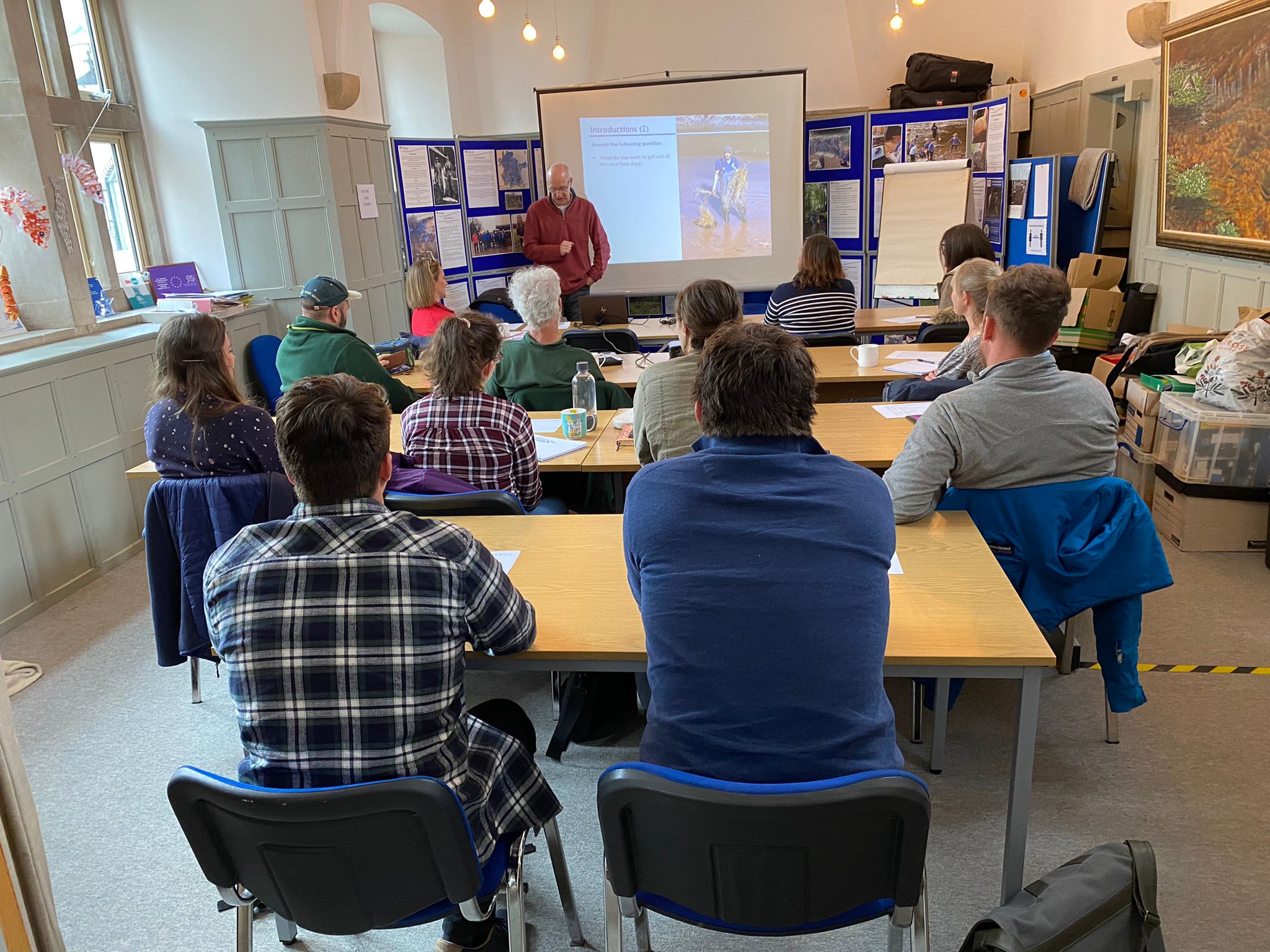The course will enable individual river trusts to enhance their capability for delivery of wetlands across Wales, as part of a programme of nutrient mitigation work.
Afonydd Cymru is happy to support this and other initiatives for the trusts delivering this and all the other physical river restoration work.
Wetlands are sustainable natural systems which are able to absorb and store nutrients (such as phosphorus and nitrogen) as water flows slowly through them before entering the river. Plants, algae and bacteria within the wetland take up the nutrients (also known as assimilation), which means it acts as a natural ‘filter’ and improves water quality.
They can be constructed close to waste water treatment works to filter effluent or situated on farms to filter reduce nutrients in agricultural runoff.
For rivers, the benefits of wetlands are better water quality and less sediment but they perform several other “ecosystem services” too:
- Biodiversity enhancement ““ creating a wetland habitat
- Attenuating rainfall from storm events – Natural Flood Management
- Carbon sequestration towards combating climate change
- Tourism and recreation ““ provide a biodiverse habitat which people can enjoy

